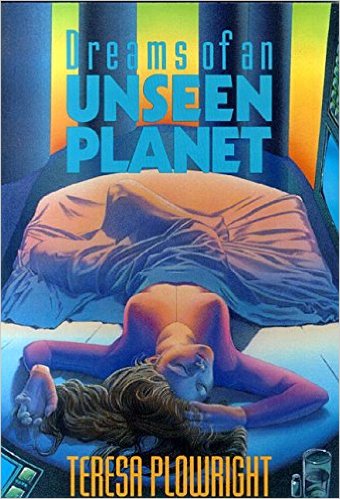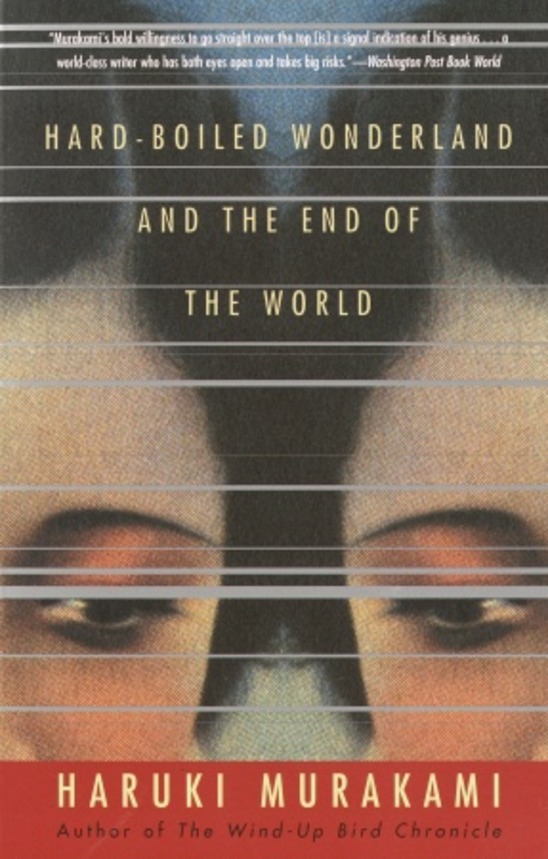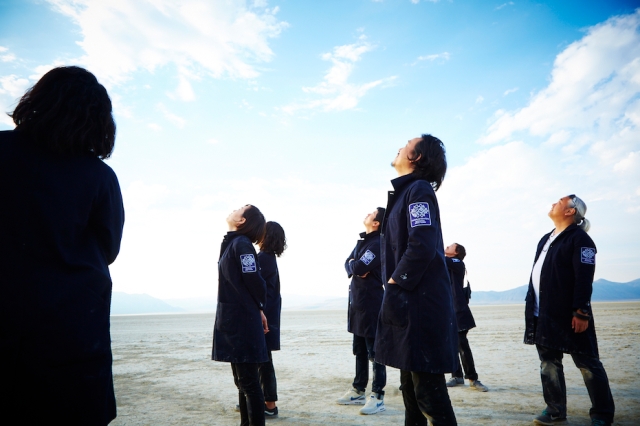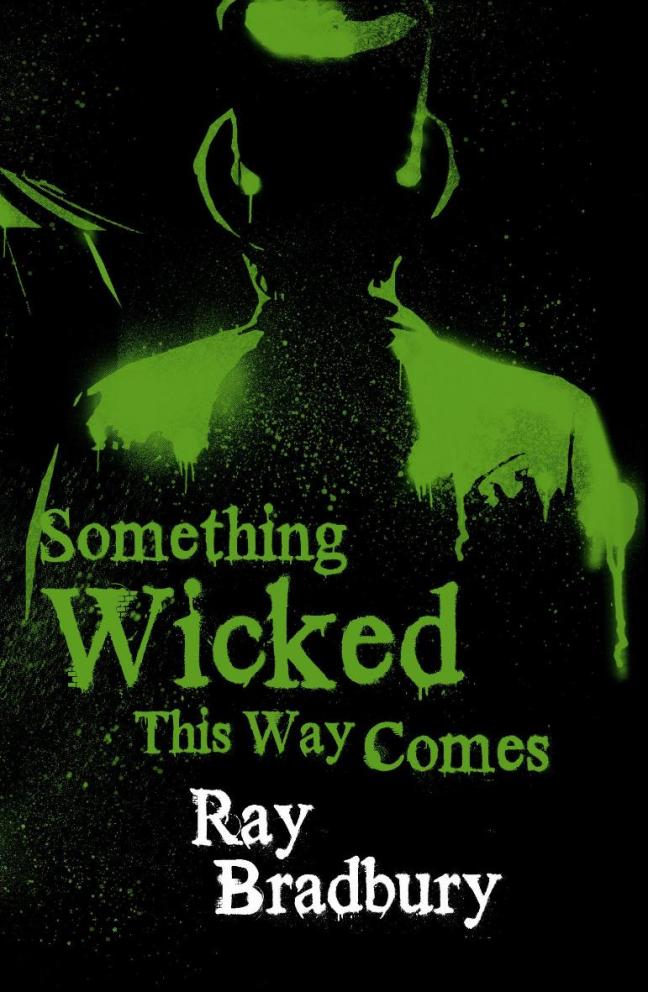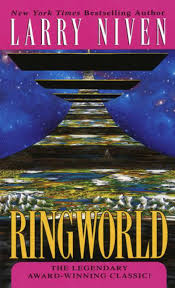Dreams of an Unseen Planet by Teresa Plowright was a random thrift store pick. With a cover like that I wasn’t going to pass it up, and I was delighted to find a female author sandwiched between the usual Asimov and Heinlein novels that populate my local Value Village. I had high hopes for this one from the start, and in the end I’m not disappointed! Though I have to say I think, as a novel, it takes a little bit of time to pick up steam. If you’re reading it, I’d encourage you to stick it out until you’re at least a third of the way through.
Aside from the obvious selling feature of a female sci-fi author, this book features a female protagonist and what I would call a majority of female characters. The circumstance isn’t contrived, either. When your setting is a space colony specifically designed for the propagation of the human species, you can’t really get away with focusing entirely on men. Maybe the scenario is rife with opportunity for females to be given the static “birther” role, but I might have thrown the book out the window if that had been the case. As in David Weber’s Honor Harrington books, I really get the sense that women exist as actual people in this world. There isn’t a palpable distinction in capability between men and women. They hold the same jobs, seem to have the same weird social tendencies, and are equally as worried and emotional. Fertility issues as they pertain to women are discussed as just part of a working whole, not some mysterious, foreign enchantment.
A word on what I just said about fertility – with a tagline like “When sex is not the answer…” I wasn’t sure if this was going to be a novel that toed the line and tripped into straight-up erotica or if I’d get the Stephanie Meyer asterisks-mean-sex cop-out. Surprise! The answer is neither. Sex is a central theme, because of course it is when your setting is a domed base on a distant planet populated by 2,000 colonists whose main purpose for being there is to procreate and continue the human race. Earth has gone to hell and so, on the verge of nuclear war, the Americas, China and Russia each send a bunch of colonists to a far off-planet called Gaea to preserve and rebuild the human race. From the point of view of Miera Tull, a woman living in the English-speaking colony, we learn that all efforts at procreation have been unsuccessful – no one can get pregnant, and those that do eventually miscarry or die.
Naturally, as the sex-drenched but childless years wear on, female fertility takes on something of a talismanic, mystical identity. Everyone lives for it but no one knows how to obtain it. Eventually, the colony takes to putting on a multiple-day orgiastic festival of procreation called Estros. Which harkens to the importance of female sex hormones and is in its way reminiscent of fertility festivals associated with some pagan religions. But I never felt like the book was earnestly presenting this view as its own. The view of fertility as an evasive deity belongs to the characters, and the novel takes a documentary backseat.
It would be difficult and unnecessarily timid to take a setting where sex holds such omnipresence and remove the basic act. So Plowright doesn’t. But she also rarely veers into outright titillation. There’s not a sex scene that takes place outside of the plot or character arcs. The novel stays improbably classy for taking utter, desperate fucking as its subject matter.
So why did I take so long to come around to it? My theory is that Plowright introduces the characters so brilliantly that it’s a little too real. As I started the novel I found Miera petty, dramatic, and largely overly concerned with her own personal issues, considering the general direness of the situation on the colony. Despite being hand-picked for the project for her looks, personality and scientific education, she doesn’t fit in, she’s jealous that her ex-lover has found a new girl, she has insecurities about her job, suffers from insomnia and nightmares, et cetera. In retrospect, of course everyone on the colony would degrade into focusing on personal anxieties, and after a while it’s clear that this is all part of the psychological set-up of the novel.
The range of characters is diverse enough that some are swallowed up in a wave of anxiety, never to return, while others, including our hero, rise above it and become stronger, more developed than I even thought possible at the outset.
Language-wise, you might find the novel a bit flowery. I definitely did. When Plowright hits her stride she does so without sacrificing her language, though these very pretty, dreamlike descriptions seem to have more utility as events progress. The descriptions of sex are at times almost too vague, with so much metaphor that you’re not sure what you’re actually reading. There were a couple passages that I ended up reading twice just to clarify what was actually going on. But it’s worth it for that occasional passage that sparkles with beauty even while it’s describing a hallway or an office.
The sense of scope expands as the story goes on, giving the reader time to get acquainted with each character individually, instead of having to meet several of them at once. Only after a few distinct personalities have been developed do we start learning about the history and inner workings of the colony itself. By the end of the novel we know more about the people in the book that we do about their world, though in a character-focused story, this is an acceptable balance.
In final summation, this book is way more than the fluffy, softcore romp that the cover and synopsis would suggest. It’s definitely a treat for those of you who are sick of reading female sci-fi characters as damsels or oversexed femme-fatales.
Buy Dreams of an Unseen Planet on Amazon.ca!
